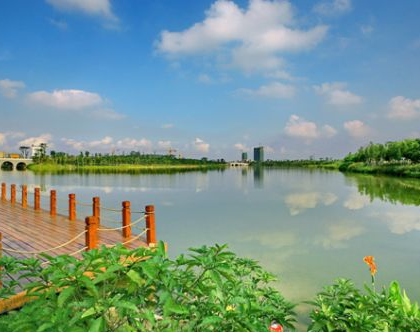BEIJING, Feb. 8 (Xinhua) -- Researchers have revealed that China has made great efforts to protect and restore natural ecosystems in its arid and semiarid zones.
The researchers from the Northeast Institute of Geography and Agroecology of Chinese Academy of Sciences used remote sensing to identify degrading areas of arid and semiarid zones of China (ASZC), as well as the degraded areas which have been restored from 1990, in the ecologically sensitive region.
Assisted by the Chinese National Land Cover Database and Moderate Resolution Imaging Spectroradiometer products, they monitored and analyzed the land cover transformation of the ASZC between 1990 and 2010 and the changes in vegetation and ecosystems since 2000, according to the study published in the journal of Land Degradation and Development.
A total of 1,936 square kilometers of farmland areas were returned to forestland, 5,099 square kilometers to grasslands and 697 square kilometers to wetlands.
Additionally, 3,169 square kilometers of barren land was utilized for forestland, 9,495 square kilometers to grasslands, 8,064 kilometers to wetlands and 4,176 kilometers to farmlands.
The existing natural ecosystems have been improved due to effective conservation and more suitable climates, the study said.
Despite the efforts, deforestation, desertification, grassland degradation and wetland loss is still notable in the ASZC. The expansion of urbanization and industrialization also resulted in land resources loss.
The ASZC is located in the northern part of the country, according to the study. The climate is dry with typically less than 400 millimeters of rainfall, and the terrain of the ASZC mainly consists of plateaus, basins and small plain areas.




 A single purchase
A single purchase









